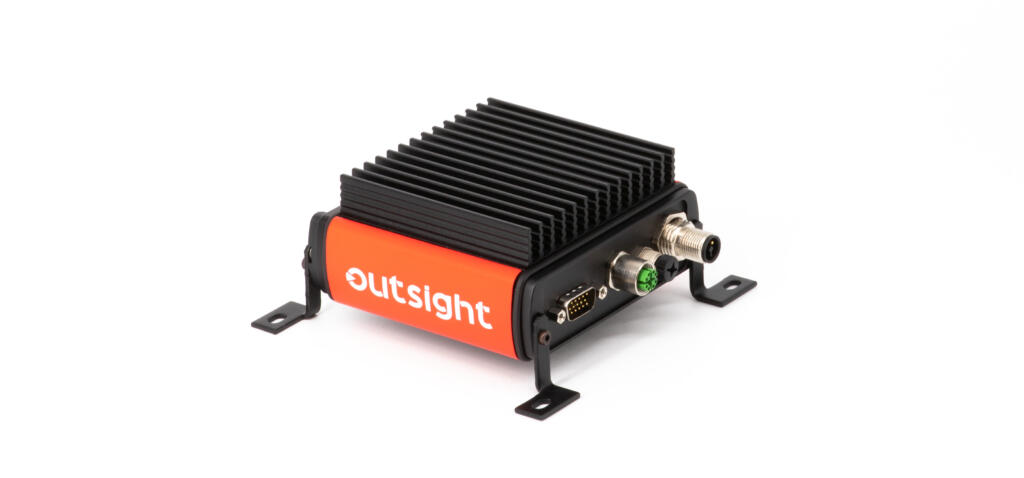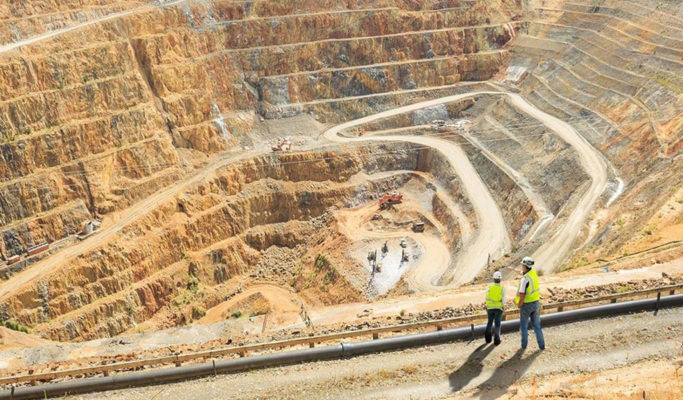100 Uses of Drones part two
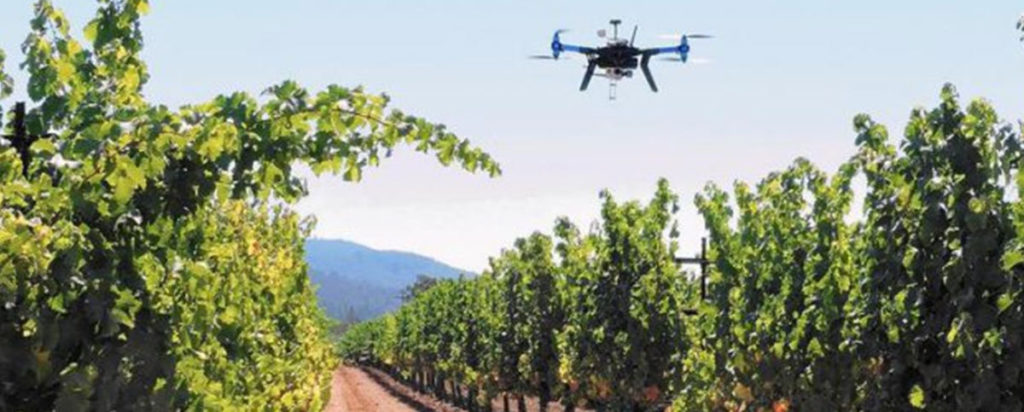
In the second part of our dive into the world of UAV technology we continue to consider how drones are making our world a more efficient and accessible place, and the ways this innovative technology is shaping our world.
Gaming
The quest for creating ever more immersive and realistic gaming experiences means that the way game creators create action sequences (50) and hyper-realistic maps (51) is relying ever more on innovative drone technology. Drones can be used for mapping textures (52) and detecting the true colours of landscapes from differing distances so that creators can track the changing detail of environments depending on how close or far away playable characters get. Perspective, depth and capturing the way light behaves are all key to creating believable virtual environments.
Healthcare
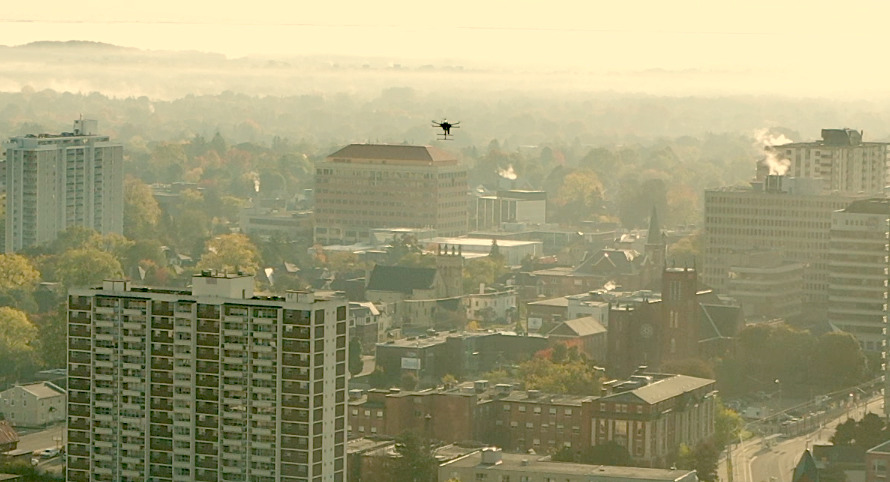
Isolated communities in remote areas of rural India could soon be receiving Covid-19 tests via drones as healthcare professionals search for ways to protect and support their people in the fight against the pandemic (53). Doctors Without Borders (MSF) set the precedent by testing medical drone delivery during a tuberculosis outbreak in Papua New Guinea in 2014, and also whilst tackling Ebola in Liberia. Rwanda also used drones to deliver blood to rural clinics (54), with both Ghana and Nigeria working towards using drones to deliver their Covid-19 vaccines (55).
The Karolinska Institute in Sweden has tested a defibrillator drone that can reach patients 4 times faster than an ambulance. Since the chances of survival of a cardiac arrest decrease by 10 per cent for each minute that someone goes without cardiopulmonary resuscitation (CPR) or defibrillation, this could be life-saving (56).
Journalism
Historically, journalists have had to fly expensive news helicopters or find ways to shift heavy camera set-ups to report on stories in hard-to-reach places. Drones equipped with high-quality cameras offer an affordable and nimble alternative. Reporters can use drones to cover unfolding events in inaccessible areas (57). Drones can offer live-streaming options as well (58), which reflects the way the public now expects to access unfolding news in near real-time. Drone images and footage can also add context and understanding to news stories (58) and assist in the creation of micro-documentaries and short films (59).
Maritime
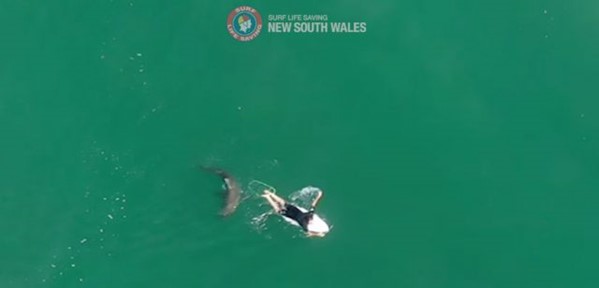
Drones are helping the likes of the UK Royal Navy to gather critical data for inspection purposes (60), allowing engineers to check on their fleet offshore and identify problems before they escalate. Some of the drones in operation can even swim (61), allowing information to be gathered in and out of the water.
The European Maritime Safety Agency (EMSA) uses drones for monitoring pollution and emissions infractions (62), as well as border control and detecting illegal activities like drug trafficking (63). Some of these technologies use facial recognition to investigate and identify people involved with organised crime.
Maritime search and rescue also hold a critical role for drones, which offer VIDAR (vision detection and ranging) to spot and detect large and small objects in all weathers and conditions (64). This helps the often fraught and difficult search for survivors on refugee boats.
Keeping our oceans and waters clean also offers another opportunity for drone technology. The WasteShark, created by RanMarine, is an autonomous surface vessel (ASV) used for cleaning ports, harbours and other water environments (65).
Military
The first pilotless vehicles were developed during the First World War in the shape of Britain’s Aerial Target, which was a small radio-controlled aircraft. It was never used in combat but kick-started innovations that have led us to the drones we have today. Most of the thousands of military drones in action are used for surveillance (66) with estimates that around 80,000 surveillance drones will be purchased around the world over the next 10 years.
Weaponised drones are not as widely used as their surveillance counterparts, mostly because they are so expensive, with the starting price for the technology at about $15m (£12m) per unit. This doesn’t include the cost of running or piloting them. In the UK, the RAF operates nine ‘Reaper’ drones, which carry missiles for use in combat (67). The agility and speed at which drones can be deployed make them particularly useful in very time-sensitive missions (68). Decoy drones are used to simulate enemy missiles or targets and can be used to deploy electronic jammers to disrupt an enemy’s network (69). One such example of this is BriteCloud, who are working with the RAF to develop this technology.
Militaries across the world also use drones to assess battlegrounds after combat to determine damage and if strikes were successful (70), as well as get important supplies to soldiers behind enemy lines (71).
Mining
Drones can collect visual data from volatile areas such as the deep and high terrains of a mine, high walls, crests, and inside stope chambers (72). They also offer extra site safety by capturing data directly from blast sites (73), reducing the risk of injury.
Transporting stock and resources is a crucial component of mining management and optimising this network can be difficult. Drones can help achieve safe and uniform transit, monitoring the conditions of the roads and identifying the safest and most efficient routes (74). Drones can cover wide areas with precision, helping engineers with the planning, design, construction and maintenance of haul roads (75).
The vast height and area of mining stockpiles mean that tracking levels can also be extremely difficult. Mining companies use drones to create aerial terrain models of their inventory and ensure companies can effectively keep track of stockpile movement (76).
Real estate and construction
Perhaps it’s time to forget the phrase ‘bird’s eye view’ and replace it with ‘drone’s eye view’. Bad jokes aside, the construction industry is relying ever more on drones to assess survey land for potential building projects (77). The accuracy of the data, coupled with the reduction in labour and human error, make drones an appealing investment. They are also quick and easy to mobilise.
Keeping sites connected, especially communicating on specific installation or build elements is critical. Drones allow complex pieces of work to be monitored and supervised safely. They can also be used as a valuable tool for monitoring productivity across construction sites (78).
Forming comprehensive 3D and 2D imagery of buildings and sites, geotagged with coordinates offer significant advantages, and drones are an effective way of collecting this data (79). Photogrammetry can be used for changing environments too, tracking these shifts to inform project plans. These could be bridges, highways or fields.
Robotics have been developed that allow drones to lift and stack bricks, supporting hod carriers in their work (80). The Swiss architecture firm Gramazio Kohler Architects has worked with roboticist Raffaello D’Andrea to explore if drones can be programmed to “weave” structures in the air.
For high-end real estate, drones offer a way of creating bespoke videos to market properties and images that can capture the land and environment around the property (81).
Recreational
In FPV drone racing participants pilot drones equipped with cameras while wearing head-mounted displays showing the live stream camera feed from the UAV.
Drone enthusiasts range from photography hobbyists (82) to drone league racers (83). The amount hobbyists can invest ranges from £50 up to thousands of pounds, and come in out of the box formats, or for the more industrious, self-build models. Most models require the addition of a smart device to work, which can increase the cost significantly. First Person View Drone racing is an increasingly popular sport, providing pilots with complex racecourses to master at speeds of up to 90MPH. The league is now professional, with 16 levels, and gets coverage from the likes of NBC, Sky Sports and Facebook.
Even vloggers and influencers are getting in on the drone action. Content creators are always looking for new ways to entertain audiences and drones are allowing them to create mesmerising videos and images to engage their audiences (84).
Security and law enforcement
West Midlands Police is now using drones fitted with high-definition cameras and thermal imaging technology to catch criminals. Interestingly, West Mids Police used funds from the Proceeds of Crime Act to purchase their 10 drones and train 32 pilots. Police can use drones to film crime scenes in real-time (85), keep a close eye on major events like football games (86) or aid in the search for missing people, with their ability to fly low and into difficult-to-reach areas.
Drones also have a role to play in traffic-related crimes, offering a cheaper alternative to helicopter pursuit (87). UAVs can also be found along land borders (88), again because they are generally affordable and versatile, and can be easily linked with other technologies such as facial recognition and licence plate readers. The US Customs and Border Protection Agency uses a device called the Predator B, which can travel up to 246mph for up to 20 hours.
An increasing number of security applications are using LiDAR as a sensing solution. These reliable, accurate 3D sensors, with compact form factors and low power draw, can be easily integrated with most commercial UAVs.
Space
NASA announced a couple of years ago that it was planning to send a life-searching UAV called Dragonfly to one of Saturn’s largest moons, Titan in 2026. The aim is for it to look for life and gather important data like photographs to help build a better picture of the moon. Ingenuity is the small UAV that landed on Mars back in February this year. It was the first flight to be completed in Mars’ thin atmosphere and offers an exciting new precedent for the use of UAVs in space (89), surveying areas the rover cannot reach. With around a third of the gravity of Earth, engineers had to work carefully to account for how the drone would respond in this type of atmosphere.
Tourism and hospitality
Nothing says fancy holiday like a cocktail served by a drone. Restaurants in Singapore have been experimenting with flying robot waiters that can carry up to 2kg of food and drink to customers. They use infra-red sensors to navigate their way around (90).
Airbus has also introduced an ‘advanced indoor inspection drone’ to deliver more efficient inspections and better-quality reporting. The drone follows a pre-defined inspection path and carries out visual checks of the aircraft (91).
Just Eat is another company looking at drones. They are trialling food delivery with manufacturer Manna and students from University College Dublin. Manna has claimed they can mobilise their drones to reach customers within three minutes of picking up their order (92).
The pandemic and subsequent lockdown have forced people to get innovative about how they explore the world around them. Drone virtual tours have become a popular way of exploring far off lands and inaccessible landmarks, offering immersive and up-close experiences (93).
Tourists are also increasingly considering taking their drones on holiday with them to capture their experience of their time away (94). This is presenting some challenges for local authorities who need to maintain privacy for the locals.
Could the future of drones offer tourists the opportunity to see space? Perhaps the success of Ingenuity could pave the way for interactive tourist explorations of Mars (95)?
Education
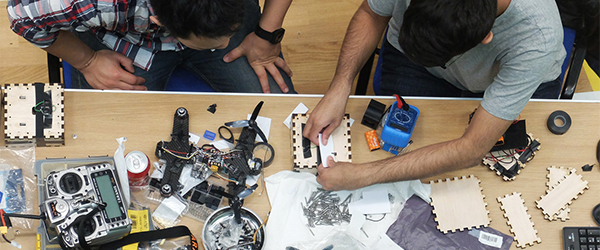
Drones, like other forms of robotics, are an exhilarating way to get kids engaged in STEM subjects. Coding and programming skills can be developed with drones (96), giving students hands-on experience of what code looks like in action.
Drones are also a great way of developing kids’ hand-eye coordination, helping them to judge depth and distance, as well as coordinate complex and dexterous movement to pilot their drone effectively (97).
Science subjects can feel a little theoretical to some students, and this is often the case with physics. Teachers can use drones to demonstrate the laws of physics in all their glory—looking at forces, energy and mass in a fun and immersive way (98).
Drones can also help kids get creative, offering them ways of integrating video into their storytelling or journaling. They can also inspire the filmmakers and photographers of the future by giving aspiring artists the chance to explore the world from a completely different perspective (99).
Parents are often found lamenting the amount of time that their kids sit in front of screens, whether that’s for school or for fun. A drone is a great way of transitioning console-loving kids into the outdoors. Building on many of the skills they will have developed on their Xbox or PS5, the dexterity and muscle memory of flying a drone can feel like a natural extension of gaming. Plus, they’ll get some fresh air… (100).

